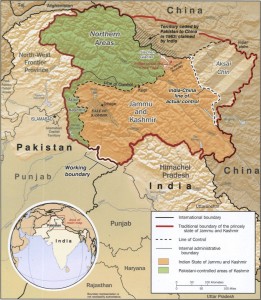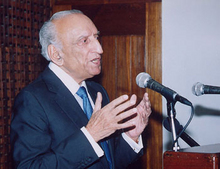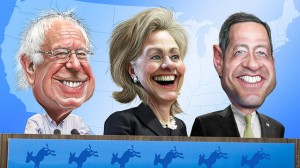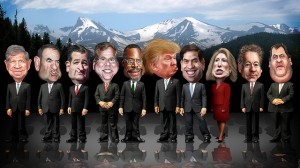
February 17, 2016: A deadly avalanche that killed ten Indian soldiers earlier this month on the disputed 20,000 foot high Siachen glacier in Kashmir received extensive coverage in the Indian and Pakistani media. The avalanche prompted some commentators in both countries to call for an early settlement of what seemed to them and to many others (including ourselves) a senseless dispute.
Their voices were largely drowned out in India by an outpouring of patriotic fervor that cast the dead soldiers as “Bravehearts” who had died for their country. The Indian Defense Minister publicly dismissed pleas that both sides pull back from the 47-mile long glacier where they have confronted one another since 1984. Possibilities for a settlement seem remote.
Continue reading “Siachen Back in the News – but Don’t Look for Peace Yet”






